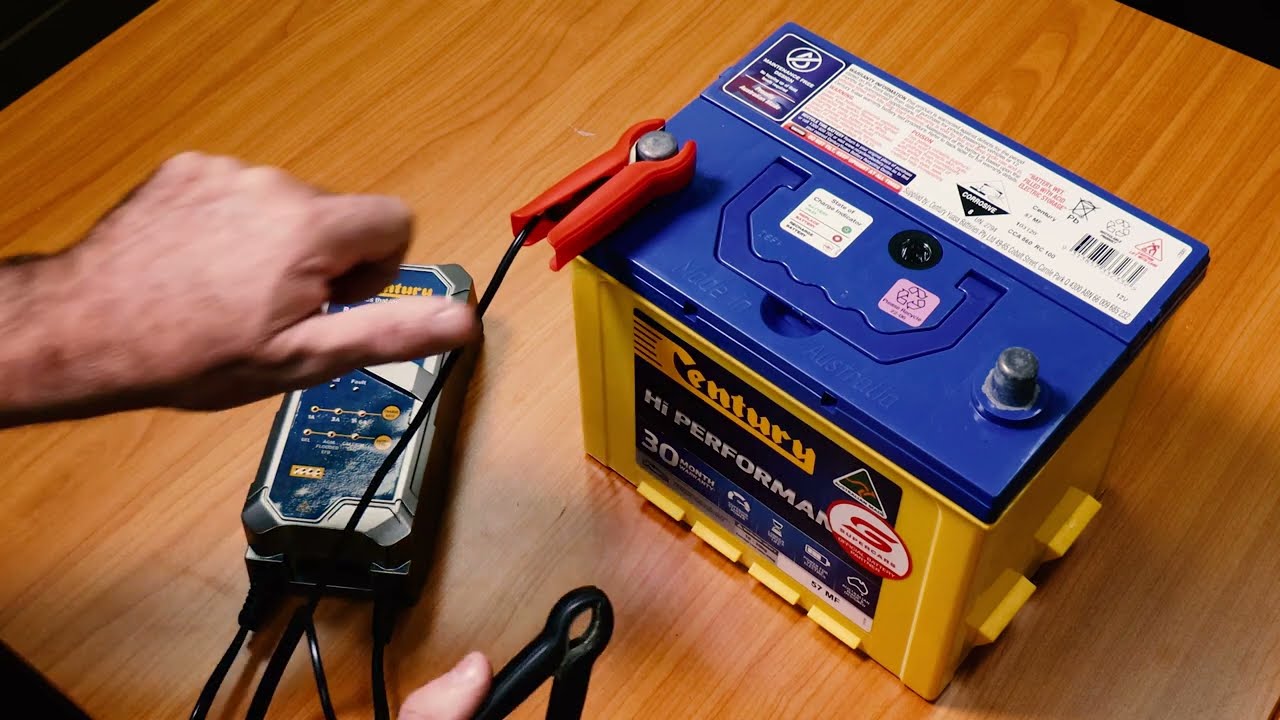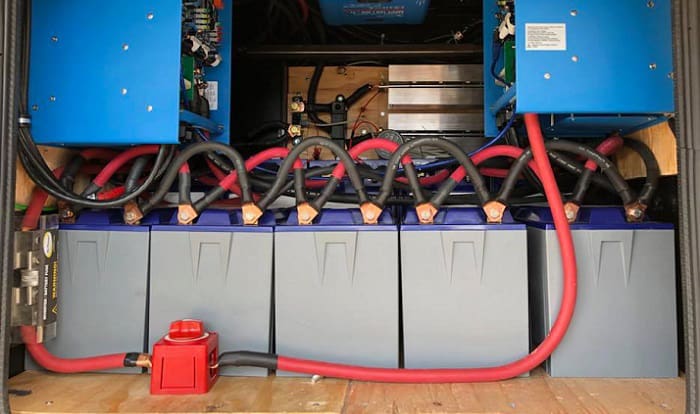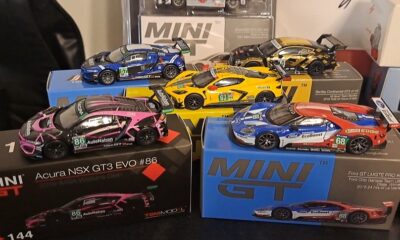Electronics
The Ultimate Guide to Deep Cycle Batteries
In a technology-driven world, staying powered and connected is at the forefront of our minds. We’re constantly reliant on our electronic devices and have become accustomed to the convenience of charging and using them whenever we please. But when it comes to more heavy-duty applications, regular batteries just don’t cut it, so we turn to more reliable options like deep-cycle models.
What Are Deep Cycle Batteries?

Source: sawleysautoandmarine.com.au
Whenever you visit a well-stocked batteries shop, you’ll come across all kinds of terminology – from starter and dual-purpose to deep cycle and marine options. Each one has its own unique features and is designed for different purposes.
Deep cycle varieties in particular are designed to discharge power for an extended period while maintaining a steady voltage, making them ideal for applications like recreational vehicles, boats, and solar panel systems. Unlike regular batteries which are primarily used for starting engines, they can be discharged and recharged multiple times without damaging the internal components.
At their core, they feature thicker plates and denser active material to withstand repeated charging cycles. This allows them to provide a consistent power supply over a longer period without compromising their durability. They’re also designed to be deeply discharged and can still retain their charge, which means they’re a reliable source of power even when there’s no access to a mains electricity supply.
What Types of Deep Cycle Batteries Are There?
Even among the deep cycle section at a battery store, there’s some variation in terms of design and intended use. Of course, they all feature the same basic components, but they differ in terms of size, capacity and the materials used to construct them.
Flooded Lead-Acid
Also known as wet cell batteries, these options feature removable caps that allow you to monitor and add distilled water when necessary. They rely on a chemical reaction between lead plates and sulphuric acid to produce energy, making them quite affordable. However, they require regular maintenance to ensure they’re filled with the right amount of water and that any build-up is cleaned off.
AGM Batteries
Absorbed Glass Mat (AGM) batteries feature glass mat separators that absorb the electrolyte solution and hold it in place within each cell. They are sealed, spill-proof and maintenance-free, making them popular for use in recreational vehicles and boats where space is limited. They also have a lower self-discharge rate compared to flooded options, which could be beneficial for infrequent use. However, they are more expensive and may not be as durable in extreme temperatures.
Gel Batteries
Gel batteries feature a gel-like electrolyte solution that is suspended between the lead plates. This design makes them resistant to vibration and allows for a deeper discharge without damage, so they’re more suitable for heavy-duty use. They also have a longer lifespan compared to flooded or AGM models. But they also require special charging methods and may not perform well in colder climates.
Lithium-Ion
As a well-known, lightweight and rechargeable option, lithium-ion batteries are becoming increasingly popular for use in recreational vehicles. They have a high energy density, meaning they can store more power in a smaller size. Given their longer lifespan and low maintenance requirements, they are a cost-effective option in the long run. However, they do come with a higher upfront cost and may require special charging equipment.
Main Applications
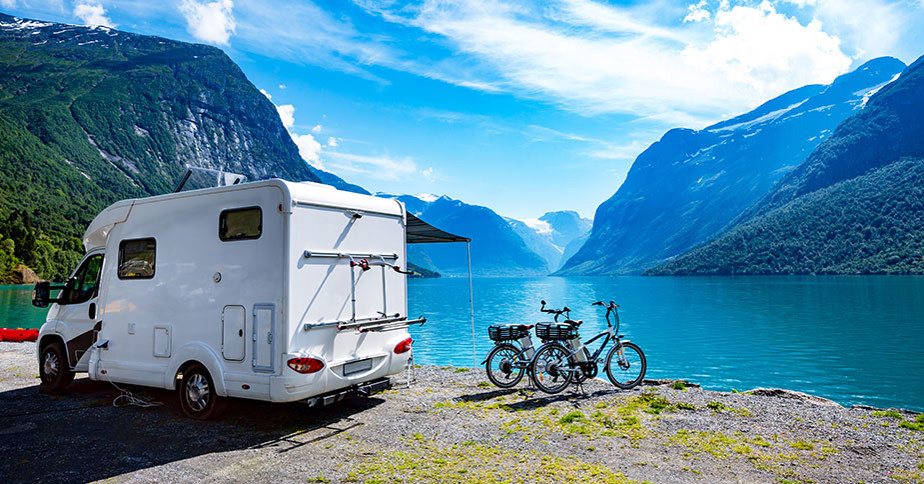
Source: batteryzone.co.nz
When you’re browsing through a batteries shop, you may not always get an explanation of what each type is suitable for. Sure, they’ll mention specifics like voltage and capacity, but knowing which batteries are best for specific applications can be helpful. For example, AGM batteries are great for starting engines and powering electronics in camping caravans and boats since they can handle heavy loads and vibrations.
Gel varieties have a more consistent power output, making them ideal for deep cycle use in off-grid systems. On the other hand, lithium-ion batteries are perfect for powering small appliances and electronics due to their compact size and high energy density. They’re also commonly used in electric vehicles and solar power systems due to their efficiency and ability to handle frequent charging cycles.
Regardless of which type you choose, you need to look at the load requirements, charging methods and temperature range to ensure it’s suitable for your specific needs. For instance, if you have a large RV with multiple appliances, you’ll need a battery with a higher capacity to handle the load.
Maintenance Requirements
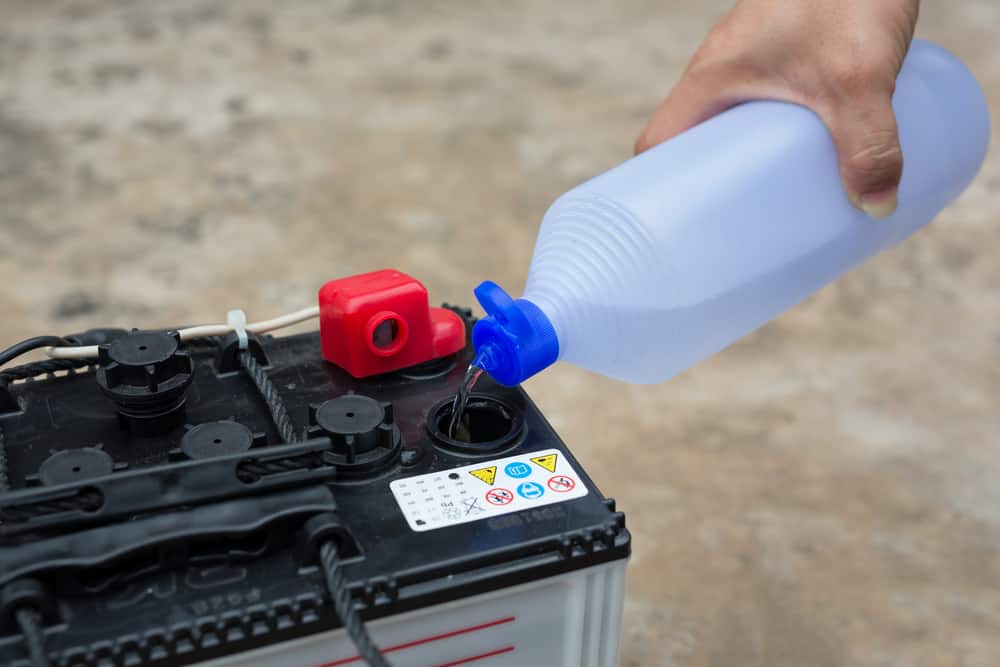
Source: uetechnologies.com
Proper maintenance is key to ensuring your batteries perform at their best and have a long lifespan. This includes regularly checking and topping up the liquid levels in flooded batteries, keeping them clean and free of corrosion, and storing them in a cool and dry place when not in use. AGM and gel batteries require less maintenance compared to flooded ones, but it’s still important to keep an eye on their performance and condition.
When it comes to charging, make sure to use the appropriate charger for your battery type and follow the manufacturer’s instructions. Overcharging can lead to decreased performance and even damage the unit while undercharging can cause sulfation and reduce its capacity.


